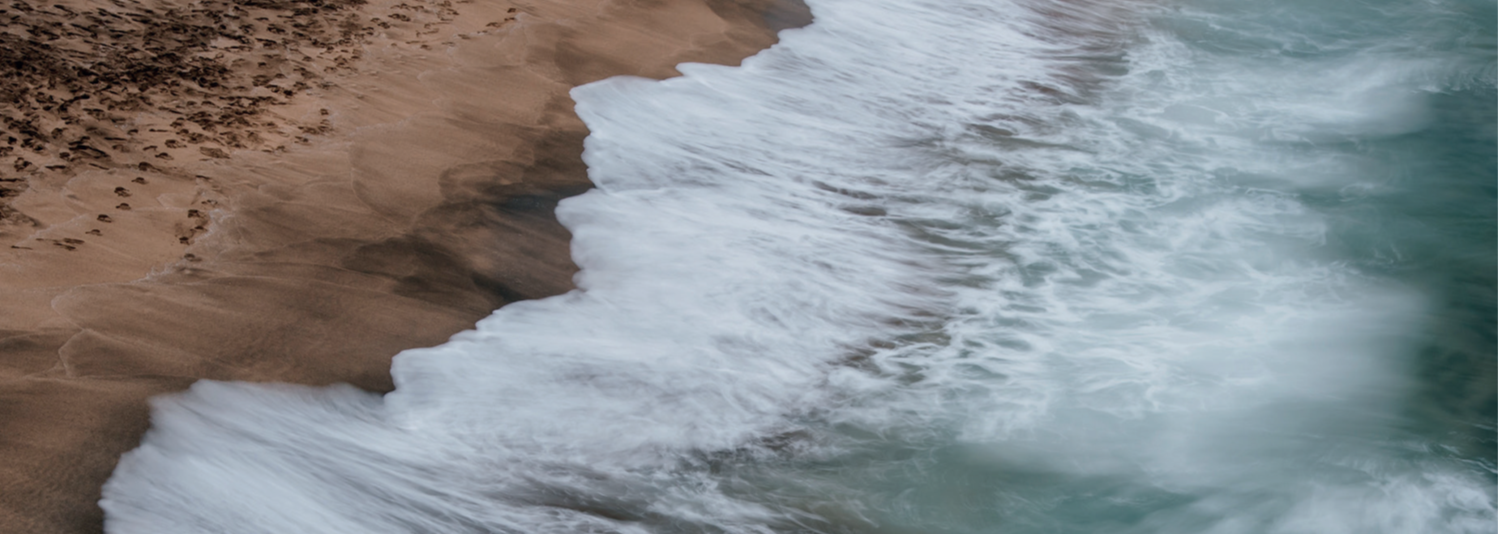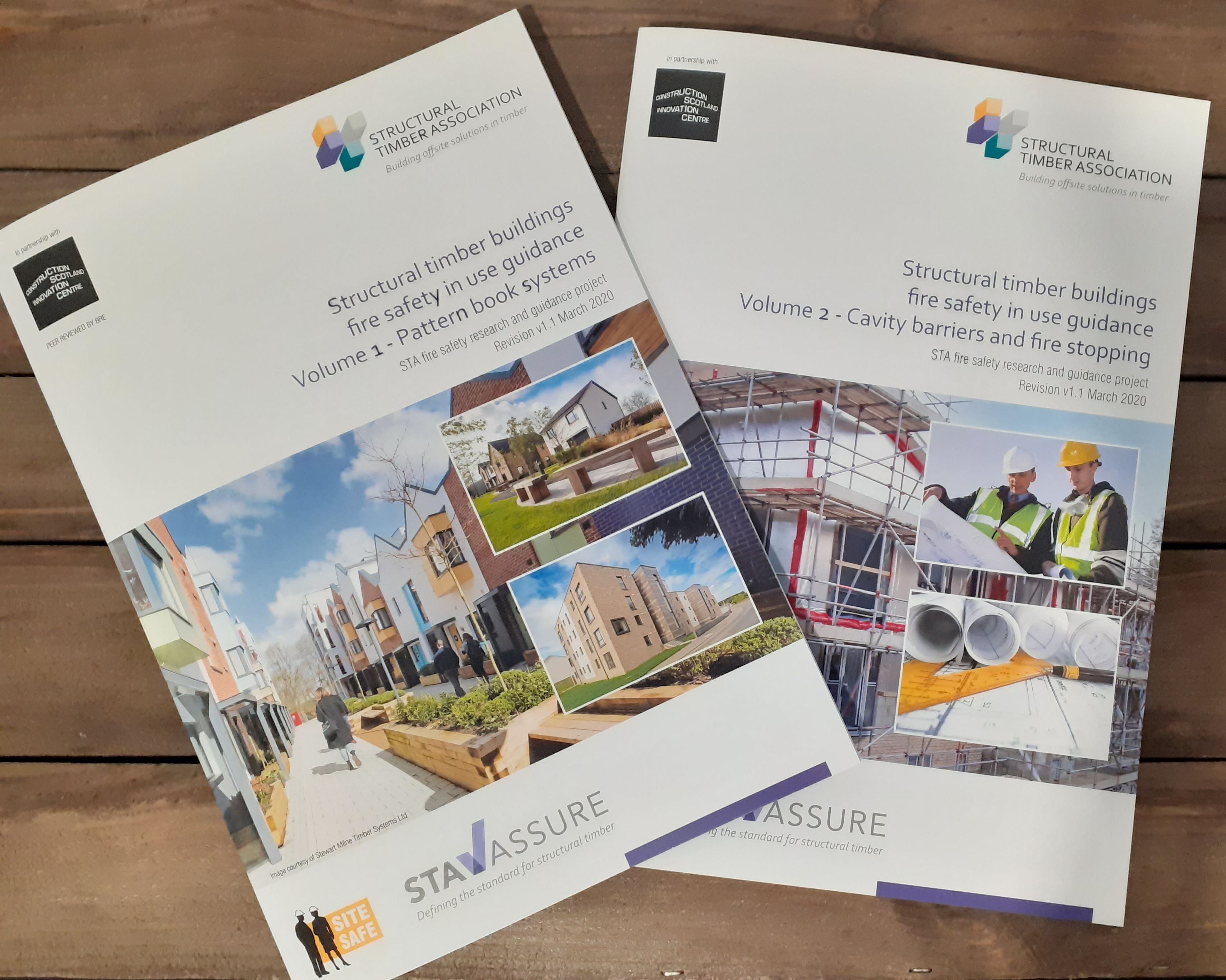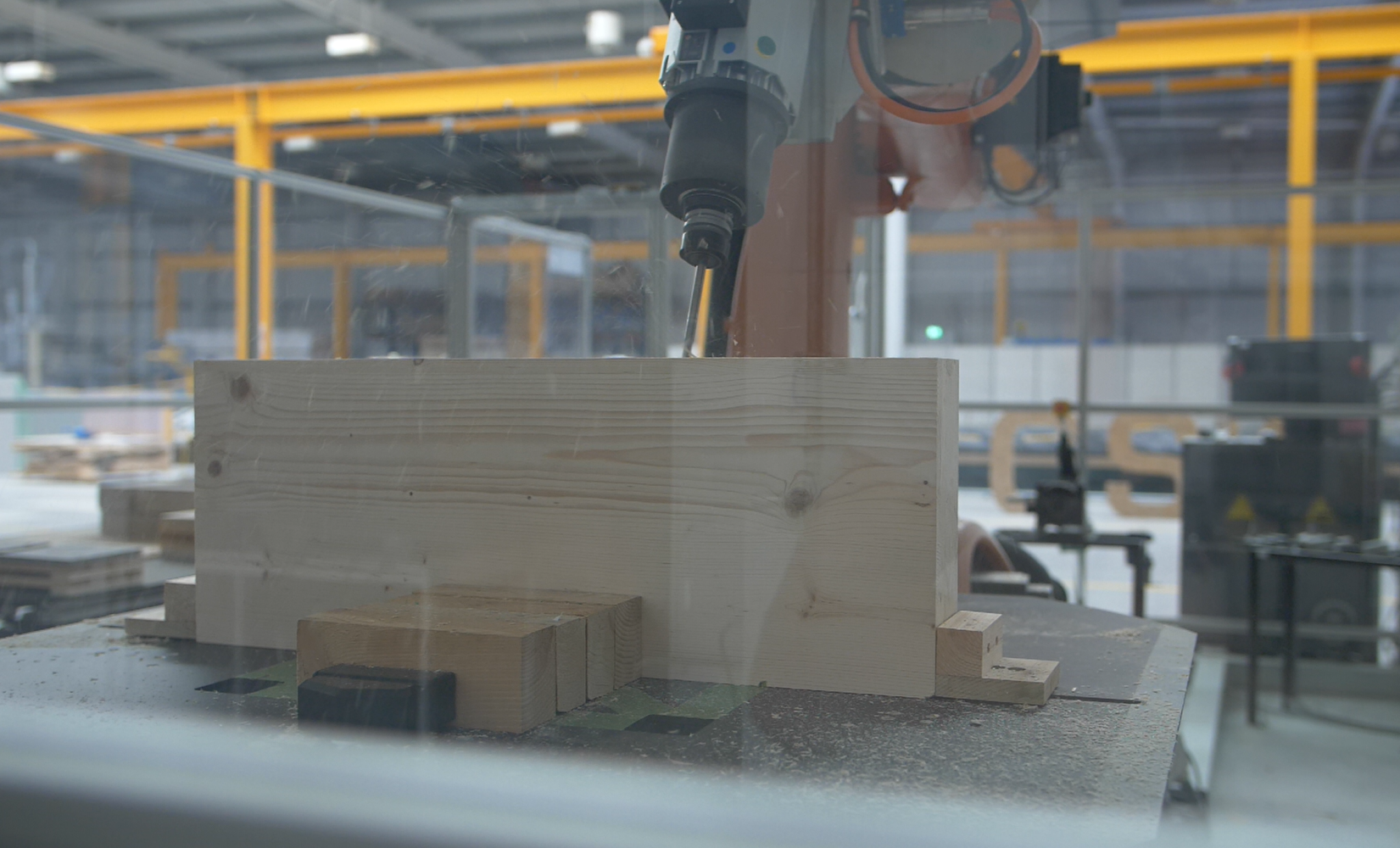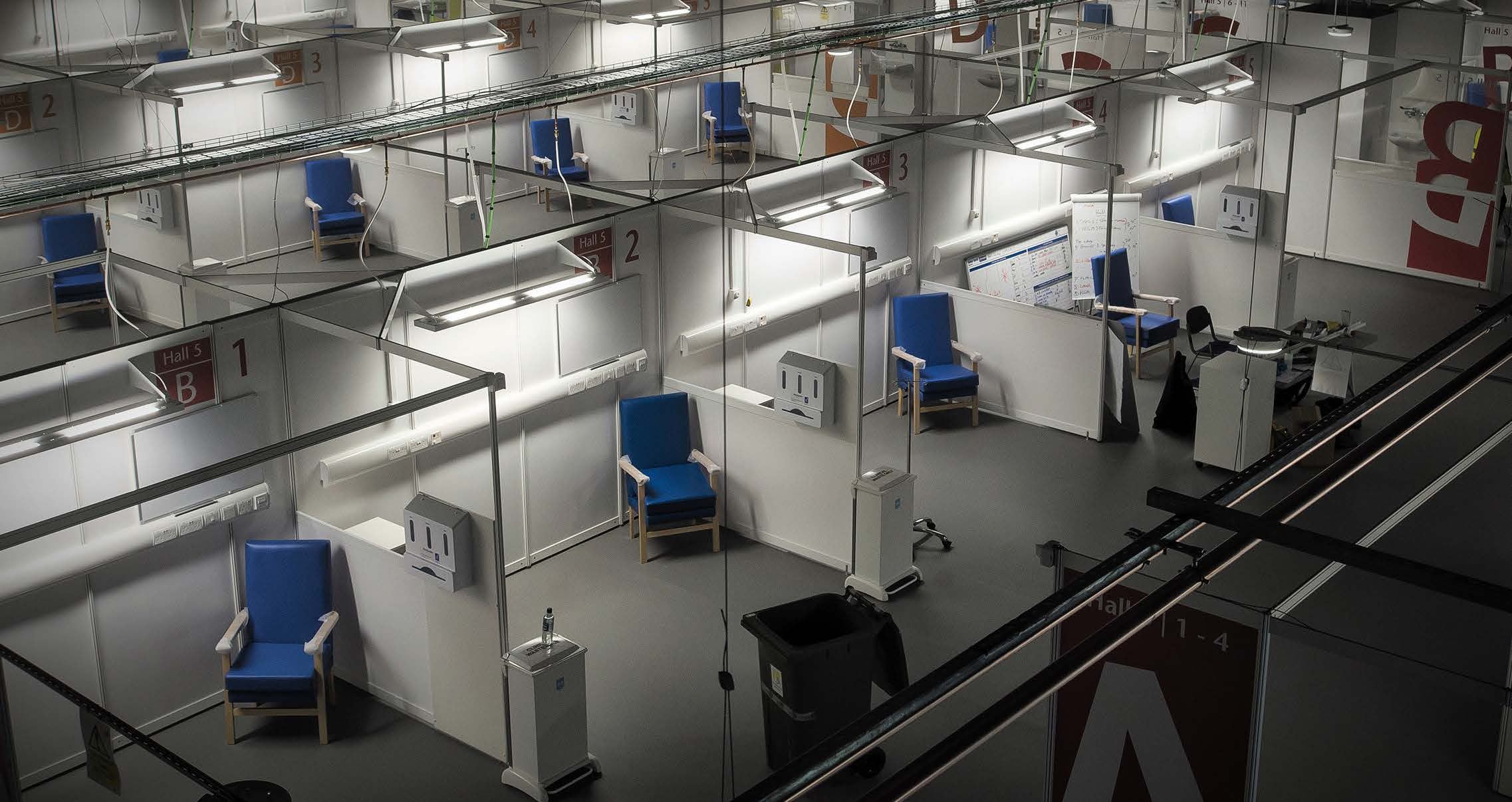Content
A masterplan for Maidenhill
Adding local value and enhancing local impact of new housing in Glasgow’s Newton Mearns
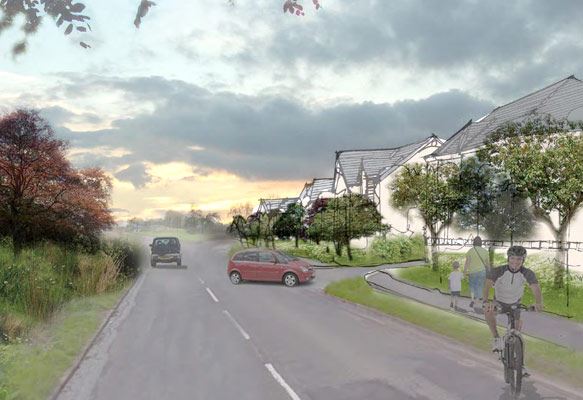
Bringing multiple developments together into one cohesive place
When multiple builders own development land, there’s always potential that they’ll work in silos, creating plans that don’t come together as a cohesive whole. From the outset, however, the development of land on the outskirts of Newton Mearns in Glasgow was subject to a large-scale cooperative process that brought landowners, housing developers and the community together.
Infrastructure for local living and local lives
East Renfrewshire Council approved a development framework for the Maidenhill Strategic Development Opportunity presented by 85ha of greenbelt land in Newton Mearns in January 2014. Created with the co-operation of all the landowners, including housing developers Cala Homes and Taylor Wimpey, it set out the Council’s vision for high quality place making and an integrated green network.
While it was never intended to offer a detailed plan for building on the site, it nonetheless laid the groundwork in terms of the conditions future development would be required to meet. That, together with significant community engagement once plans began to be laid, helped to ensure the creation of 850 new homes would be delivered sensitively and with the needs of the community in mind.
Maidenhall was a fairly large greenbelt release, and there were real community concerns associated with the impact of building around 1,000 new homes. Knowing that development was going to happen, East Renfrewshire Council planning directorate appointed us to work with the community, to ensure we took them with us through the process. Karen AndersonMasterplanner, Anderson Bell Christie
Planning to create a place for community
East Renfrewshire Council appointed Anderson Bell Christie to liaise with each of the developers as they worked up their proposals for their land. The idea was to identify opportunities for better interface between the developments, and to spot and address points of tension before they became issues. Creating the masterplan also involved input from a range of other agencies, including Scottish Water, Scottish Natural Heritage, Glasgow and Clyde Valley Green Network Partnership and SEPA, as well as the council’s roads, education and planning departments. The team’s initial considerations were shared at a community consultation day in July, and at another in August, during which draft masterplan proposals were on display.
Both events offered local people the chance to ask questions and offer comments, some of which had a direct impact on the next iteration of proposals – for example, changing the positions of some proposed paths. The council and master plan team also met with the local Youth Forum to gather their views. At their suggestion, the plan was altered to accommodate specific external space for young people. A number of key documents also had a direct impact on the formation of the masterplan, including the Climate Change (Scotland) Act, the National Planning Framework for Scotland and the Glasgow and the Clyde Valley Strategic Development Plan. In addition, the council had been working with the Glasgow Clyde Valley Green Network Partnership to make Integrating Green Infrastructure a key part of development planning – a collaboration that was to prove extremely important to local communities anxious to preserve something of the green nature of the site.
The eventual plan, incorporating elements like access routes for walking and cycling, habitat corridors to encourage biodiversity and protect local wildlife, multi-functional open spaces for the whole community to enjoy and a ‘green spine’ through the centre of the development in part allayed concerns about loss of natural habitats and publicly-accessible green spaces. Additional elements, like a new non-denominational school and religious centre, added community value to plans by helping to create an integrated place, rather than a collection of houses.
£
150
million
investment in developing homes for the community
1000
homes
including flats, houses and affordable housing
£
12.5
million
primary school
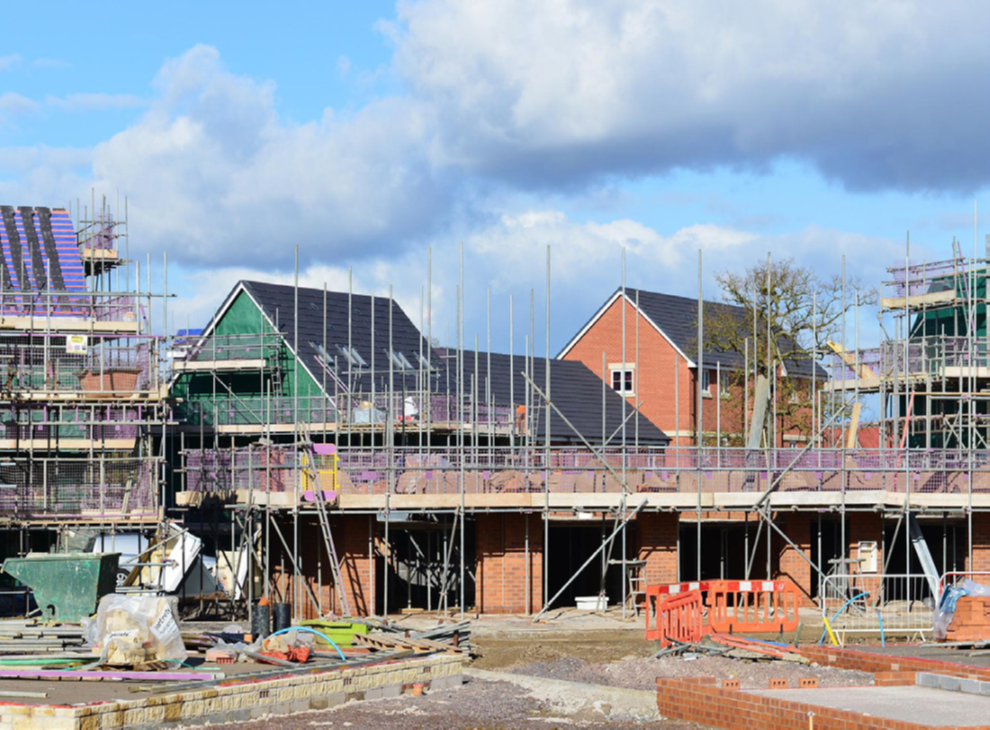
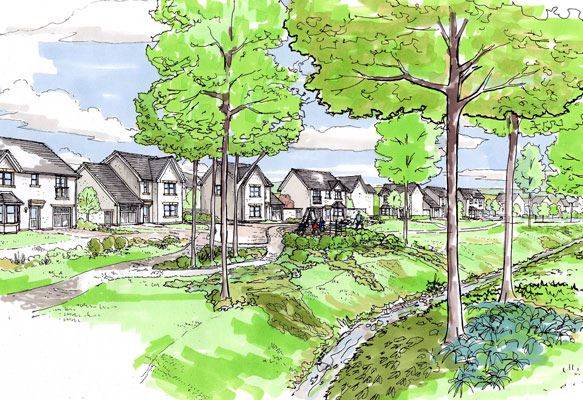
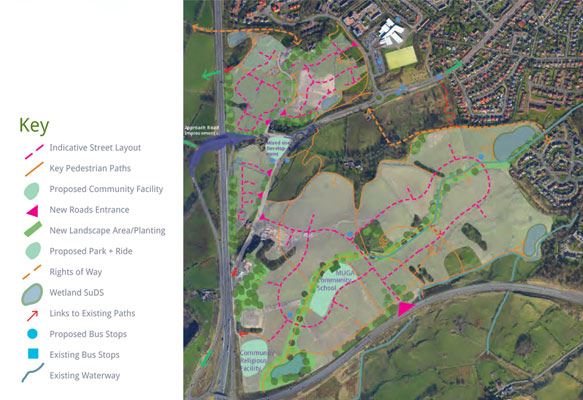
- East Renfrewshire Council
- Anderson Bell + Christie
- SEPA
- Scottish Water
- Glasgow and Clyde Valley Green Network Partnership
- CALA Homes
- Taylor Wimpey
This case study was prepared by BE-ST on behalf of the Scottish Construction Leadership Forum.
